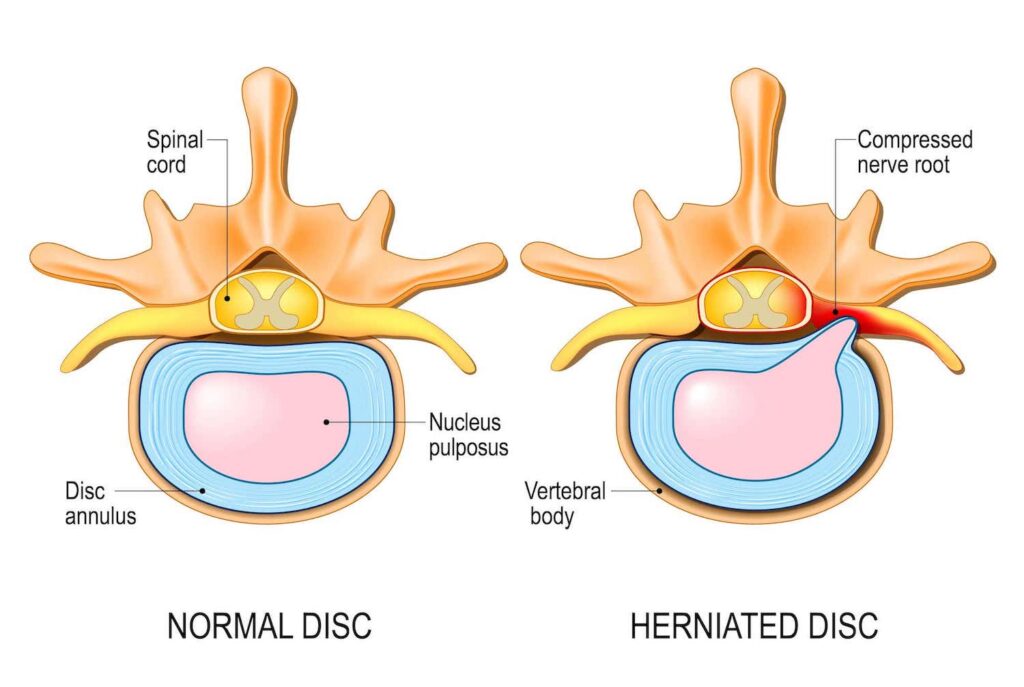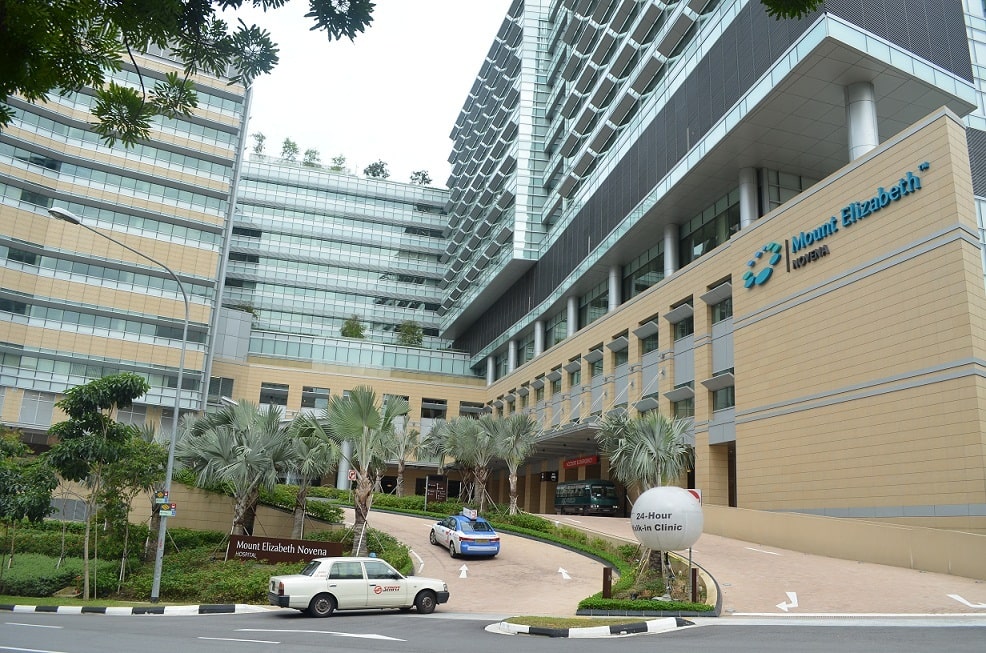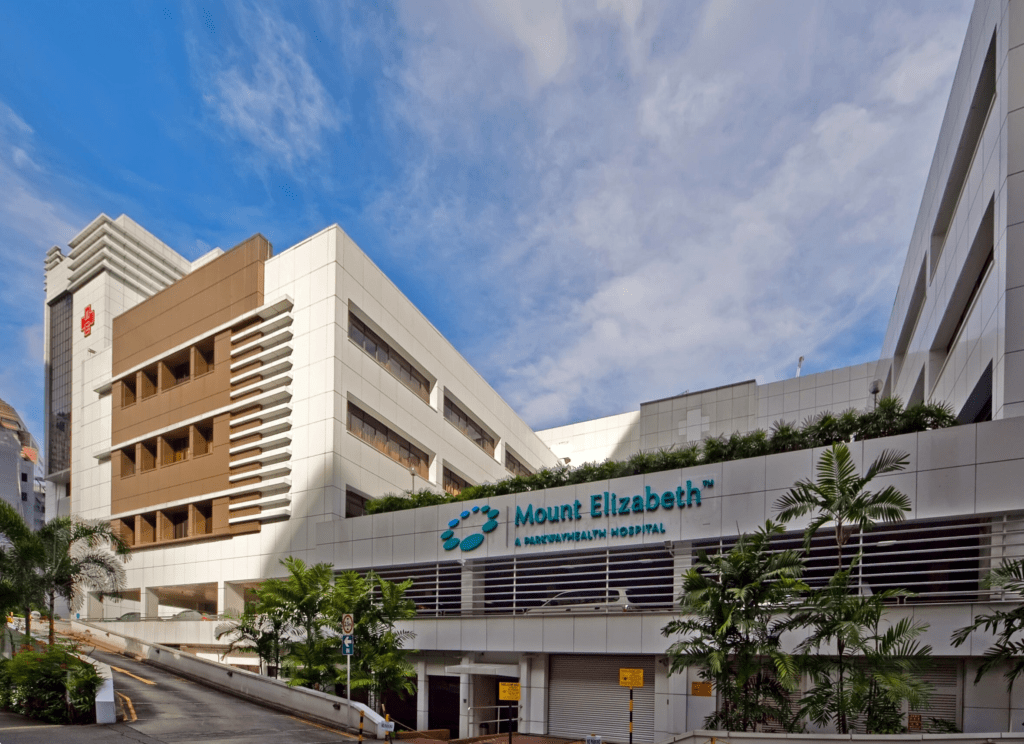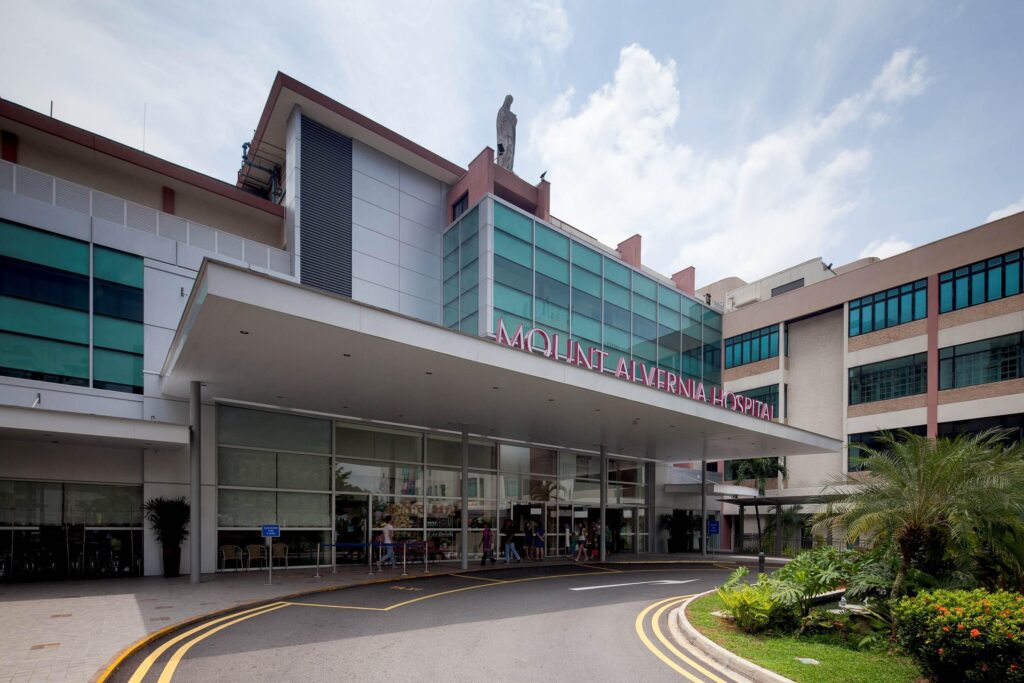Cervical radiculopathy, otherwise referred to as a pinched nerve in the neck is characterised as a condition in which a nerve root in the cervical spine (neck) becomes compressed or inflamed, resulting in a change in neurological function. The nerve roots send impulses to muscles that enable movement of the shoulders, arms and hands and carry sensory fibres from the skin of the upper limbs that provide sensation.
Hence, any damage to these nerve roots can cause pain and loss of sensation in the shoulder, arm or hand, depending on the nerve roots affected.
Patients with cervical radiculopathy often feel pain originating in the neck and radiating down the shoulder and even further down the arm all the way into the hand and fingers in some cases. There is often associated tingling and numbness and muscle weakness may also develop.
Degeneration of the spine occurs as part of the natural process of ageing. Degeneration related to cervical osteoarthritis and/or cervical degenerative disc disease can result in the growth of bony spurs, thickening of ligaments, or bulging spinal discs that can put pressure on the nerve roots.

In younger people, pain, tingling sensations or numbness radiating down the arm may be the result of an injury that caused a ruptured or herniated spinal disc. Physical activities, such as heavy lifting or extreme sports, can cause a herniated spinal disc. When a spinal disc is herniated, the inner contents of the disc leak out and inflame the adjacent nerve.
A nerve root can also become compressed or impinged when the opening in which it exits the spinal canal narrows. This condition is also known as cervical foraminal stenosis. This narrowing of the opening can be the result of the conditions mentioned above.
Although rare, spinal infections can occur when a fungal or bacterial infection in another part of the body enters the spine through the bloodstream. Infected collections can irritate or compress nerve roots, causing cervical radiculopathy. TB infection can also occur in the spine.
Spinal tumours can also irritate and compress the nerve roots in the cervical spine resulting in symptoms suggestive of cervical radiculopathy.
All of the above conditions can also be associated with compression of the spinal cord which may additionally result in a condition known as cervical myelopathy.
The symptoms of cervical radiculopathy can develop suddenly or gradually and can be intermittent. The primary symptoms of cervical radiculopathy include pain that:
Cervical radiculopathy occurs more often in males than females.
Cervical radiculopathy is more likely to occur in older persons as the spine degenerates as part of the ageing process. Some estimate that persons in the age group of 50 to 54 are at the highest risk of cervical radiculopathy. If it occurs in younger persons, it is more likely to be a result of an injury or herniated spinal disc.
Other factors that increase the risk of cervical radiculopathy include improper or strenuous postures like when lifting heavy items or diving from a height. If you have had prior radiculopathy, it makes you more susceptible to a relapse, or to developing cervical myelopathy.
To understand your pain better, you will be asked to describe your symptoms. This would include the location and extent of your pain and any activity or posture that possibly increases this pain. You should also share if you have experienced similar pain before, or if there was any recent injury.
A comprehensive physical examination will be performed by the cervical radiculopathy specialist to look for signs of cervical radiculopathy or cervical myelopathy. The examination will also be done to ensure there are no other problems that might be causing the symptoms like a local shoulder problem, for instance.
X-rays and MRI scans are typically used to investigate further. X-rays show the bony outline and the alignment of the bones in the neck, and an MRI scan will be able to visualise the structures in your spine, such as the discs, ligaments, joints, muscles, the spinal cord and nerves. In some cases a CT scan is also done to assess the bony structures in more detail and to look at the extent of any bone spurs.
In some patients, the symptoms of cervical radiculopathy recover on their own without medical intervention. In other cases, cervical radiculopathy treatment (or more commonly known as neck pain treatment) in Singapore begins with non-surgical options including:
In certain cases where the pain is severe despite the above measures or if the pain persists for an extended period of time, other options for treatment would include a steroid nerve block or surgery. The spine doctor in Singapore may also suggest surgery if you develop weakness. The purpose of cervical radiculopathy surgery would be to decompress the nerve (to alleviate the symptoms and improve function) and to stabilise the spine if necessary.
Dr Colum Nolan clinical interests include degenerative and complex spinal disorders, cervical spine surgery, spinal tumours, spinal trauma, and endoscopy. He has particular expertise in minimally invasive spine surgery and the use of spinal navigation technology.
Prior to his private practice, he served as the Head of Service and Senior Consultant Neurosurgeon at the National Neuroscience Institute (NNI). He was also the Director of the Spine and Spinal Disorders Programme at NNI and was the head of Neurosurgery Service at Sengkang General Hospital.
No issue is too small.
Reach out to our friendly team.
No issue is too small.
Reach out to our friendly team.

No issue is too small.
Reach out to our friendly team.

No issue is too small.
Reach out to our friendly team.

No issue is too small.
Reach out to our friendly team.

No issue is too small.
Reach out to our friendly team.
© 2023 All Rights Reserved | Oxford Spine & Neuro | Terms & Conditions